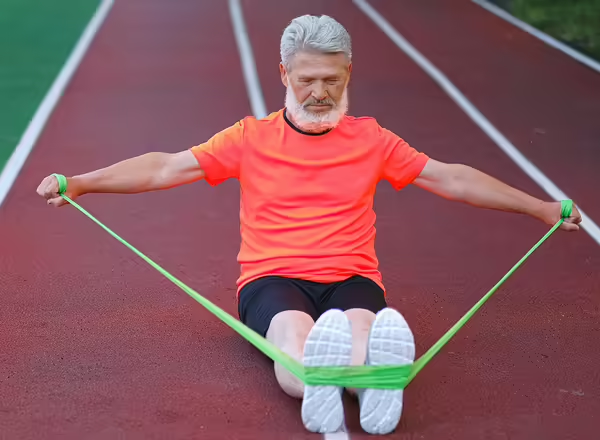
Types of Physical Activities for Diabetics
Exercise is important for controlling your blood glucose level if you have diabetes. It can also help you lose or maintain healthy body weight whether or not you have diabetes. Exercise will increase your energy level. It will also reduce your risk for heart disease and diabetes. You'll just feel better!
There are three types of exercise.
- Aerobic exercise. This type increases your heart and breathing rates. It also works your muscles. Examples of aerobic exercise include inline skating, biking, running, laser tag, basketball, soccer, and jumping rope.
- Strength exercises. These help to build strong bones and muscles. This makes every day tasks easier. Strength exercises increase the number of calories you burn even when you are resting.
- Flexibility or stretching exercises. These help keep your joints flexible. They reduce your chances of injury during aerobic exercise.
Remember to check with your doctor and parent(s) or guardian before beginning any exercise program. A variety of exercises is important for all individuals.

Some examples of this include walking and cycling. An additional type of aerobic exercise is High Intensity Interval Training (HIIT) which is a form of interval training with short period of aerobic exercise with rest. The recommendation is 30 min/day with no more than three days in between or low volume HIIT. The recommendation is 30 min/day with no more than three days in between or low volume HIIT. Aerobic periods last from five seconds to eight minutes long, making it flexible to individuals. Following this endurance period, individuals are able to rest for equal time to recover. HITT circuit workouts are free through the American College of Sports Medicine.

It leads to an improved range of motion and minimize falls. It is also a great balance to aerobic exercise, due to a lower risk of hypoglycemia. Resistance exercise training consists of three components: intensity, frequency, sets and repetitions. These components can be changed for individuals and increased as endurance increases. Some examples include lifting weights and using resistance bands. The recommendation is 2-3 times a week every other day.
When participating in physical activity, there are some things to consider prior to starting exercise. Individuals with diabetes can have impaired temperature regulation and poor glucose control during exercise. Before activity, make sure to check blood sugar levels. The ideal range is 100-240 mg/dL. If your blood sugar is below 100 mg/dL, eat 15-30 grams of carbohydrate such as a ½ cup fruit juice. If your blood sugar is above 240 mg/dL, it is possibly too elevated to exercise safely. Be sure to test your urine for ketones prior to exercise, as the presence of ketones elevates the risk for ketoacidosis.
Before exercising, make sure you wear cotton socks and well-fitting shoes. Make sure to drink plenty of fluids to prevent dehydration! Following the activity, it is important to check your feet for sores, blisters, and other injuries. If these don’t heal within two days, contact your healthcare provider.
To reduce barriers to exercising, try out a variety of new exercises to determine what you like. Talk with family or friends and schedule a time to exercise together!